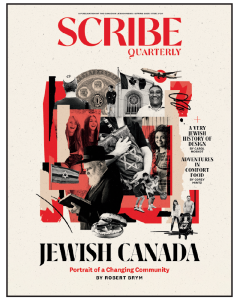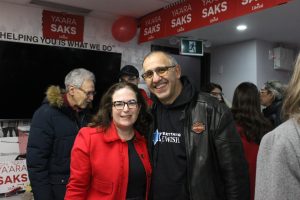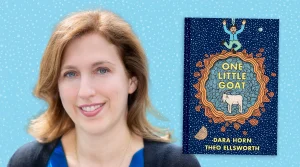Most Jews have heard of Raoul Wallenberg, the Swedish diplomat who disseminated thousands of protective passports to Hungarian Jews during the Holocaust.
But what about Moshe Alpan, Simha Hunwald and Efraim Agmon? These three were leaders of the Ha-Shomer Ha-Tzair Zionist Youth Movement underground resistance, one branch of the larger clandestine operation of the Zionist youth movements in Hungary during the Second World War.
All told, several hundred brave young Jewish men and women worked tirelessly, and under false identities, in order to sabotage the Nazi effort to liquidate Hungary’s Jews. And yet, most of us have never heard about their efforts to save Jews during the Shoah.
Zionist youth movement members risked their lives daily by visiting ghettos in Hungary’s periphery, bringing along money and identity documents in order to recruit young people willing to take the risk of fleeing to the capital. In Budapest, they managed 50 “children’s homes,” which were under the auspices of various foreign embassies and the Red Cross. They saved Jews about to be shot on the banks of the Danube, literally moments before their deaths, by disguising themselves in stolen uniforms. They expertly falsified tens of thousands of documents and disseminated them to Jews and non-Jews alike.
The man behind this latter operation is David Gur, who lives in Israel and directs the Society for the Research of the History of the Zionist Youth Movements in Hungary. Gur managed the secret workshop for the production of counterfeit documents alongside Miki Langer and Andzej Fabry throughout 1944. When they were caught on Dec. 21, 1944, and sent to prison in Budapest, Gur survived the hours of torture. Unfortunately, Langer did not. Upon their miraculous release (a story unto itself), Gur and Fabry immediately returned to their underground resistance work with the Zionist youth movement, as did many others in similarly dangerous situations.
Why aren’t Gur and other Jewish heroes like him household names? Why did Israelis, along with Jews around the world, only learn about Georges Loinger, the French Jewish resistance fighter who saved hundreds of French Jewish children during the war, after his death a few weeks ago?
READ: VALE: A UNIVERSAL LESSON FROM THE HOLOCAUST
From my view, there isn’t nearly enough awareness about Jews who saved other Jews during the Holocaust. Part of the problem is Yad Vashem’s major focus on the actions of the Righteous Among the Nations, or gentiles who saved Jews. No doubt, this is an admirable and important project, but there is a growing movement to pressure Yad Vashem to officially recognize Jews who saved Jews during the Shoah. Unfortunately, the process is slow-going.
Gur took matters into his own hands by publishing his book Brothers for Resistance and Rescue in Hebrew, Hungarian and English. It documents the work of the Zionist youth movements in Hungary and includes hundreds of short biographies of individual youth movement underground resistance fighters. A similar initiative out of Israel includes a brand new series of books by Moshe Gromb in Hebrew. Academics are beginning to publish compilations of stories with Saving One’s Own by Mordecai Paldiel (2017) as a primary example.
All these contributions ensure the acts of selflessness and courage of Jews who saved other Jews during the Holocaust don’t get lost in time. By documenting them in the pages of our history, we can debunk the long-standing myth that Jews went to their deaths like sheep to the slaughter and hopefully inspire younger generations of Jews to continue to be each other’s keepers.






